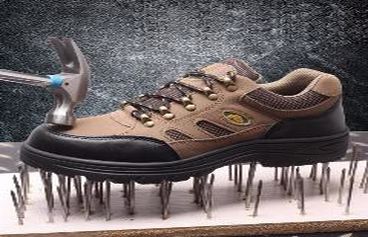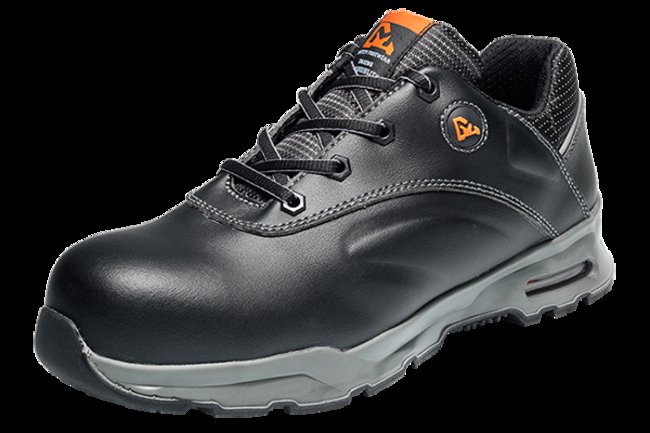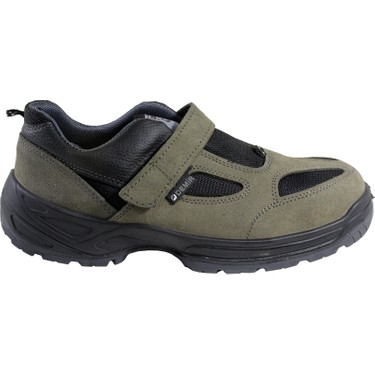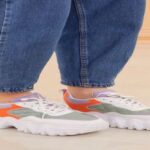Safety is one of the most critical issues in business life. The slightest mistake or negligence can cause huge losses. Although it is often impossible to remove all risks in terms of occupational safety, many risks can be prevented by taking precautions. During work accidents, one of these measures is to wear safety shoes that comply with the necessary standards to protect our feet, one of our most damaged organs.
Why Are Safety Shoes Important?
It is possible to find hundreds of products of different brands in the market when it comes to shoes. When choosing shoes, we often consider the brand, color, and comfort criteria. However, we need to select different criteria beyond the brand, color, and comfort criteria when it comes to safety shoes.
Safety shoes are essential protection, especially in the construction, electricity, mining, and metal industry. Because intense physical effort is used in these sectors and the risk of heavy objects causing foot injuries is high. In these sectors, there is also an increased risk of dangerous substances coming into contact with the feet and burning on the soles of the feet. To prevent such risks, safety shoes must comply with the necessary standards.
Foot and leg injuries are common accidents in mining, construction, metal industry, and similar industries. In different sectors, tissue losses and burns occur due to heavy parts falling on the feet, molten metal or liquids, chemicals spilling or splashing on the feet or legs, penetrating sharp objects, health problems due to working on a hot floor. In addition, working on slippery ground results in various risks such as falls, allergic skin reactions, eczema, and insect and snake bites.
The vital thing in foot and leg protection is to choose products such as knee pads, shoes, boots, or boots suitable for the risk exposure. The temperature in the working environment and on the working floor, the working time at this temperature, the materials used in the background are the issues you need to pay attention to. In addition, information should be obtained about what operations performed and how they are worked, the slipperiness of the floor, and electricity. Durability, whether the shoe will using outdoors or indoors, standing for long periods, and so on are also important.
What are the Required Standards?
Common symbols used within the scope of safety shoe standards:
- P: Steel midsole (permeability resistance up to 1100 kg)
- C: Electrical resistance up to 100 KiloOhm (conductive shoe)
- HI: Insulation against temperature
- A: Antistatic shoes (electrical resistance between 0.1 – 1000 MegaOhm)
- CI: Insulation against cold
- HRO: heat resistant sole (up to 300ºC)
- WRU: water-resistant upper (shoe surface)
- E: energy absorption of the heel area
- ESD: electrostatic discharge
EN ISO 20345 Safety Shoes (200 joules – Steel Impact Resistance)
- SB: Basic Security
- S1: Anti-static, Shock Absorbing Heel Area, Oil Resistant Sole
- S1 P: Anti-static, Shock Absorbing Heel Area, Oil Resistant Sole, Steel Intermediate Sole
- S2: Anti-static, Shock Absorbing Heel Area, Oil Resistant Sole, Water Resistant
- S3: Anti-static, Shock Absorbing Heel Area, Oil Resistant Sole, Water Resistant, Steel Midsole
EN ISO 20347 Safety Shoes (without Toe Impact Resistance)
- 01: Anti-static, Shock Absorbing Heel Area
- 01 P: Anti-static, Shock Absorbing Heel Area, Steel Midsole
- 02: Anti-static, Shock Absorbing Heel Area, Water Resistant
- 03: Anti-static, Shock Absorbing Heel Area, Water Resistant, Steel Midsole
Resource: U-power
Chosing of the Safety Shoes
When choosing the sole of the protective shoe, information about the working environment should obtaining. For example, when selecting a neotrile or nitrile sole in settings where high temperatures, acids, and alkalis using, double-density polyurethane soles can be made when factors such as anti-slip shock absorption and comfort are needed.
Fungal infections are among the most common problems in the use of safety shoes. However, the main reason for this problem is not knowing the hygiene rules and not complying with them. Apart from this, one of the most important reasons employees avoid wearing safety shoes is their weight.













